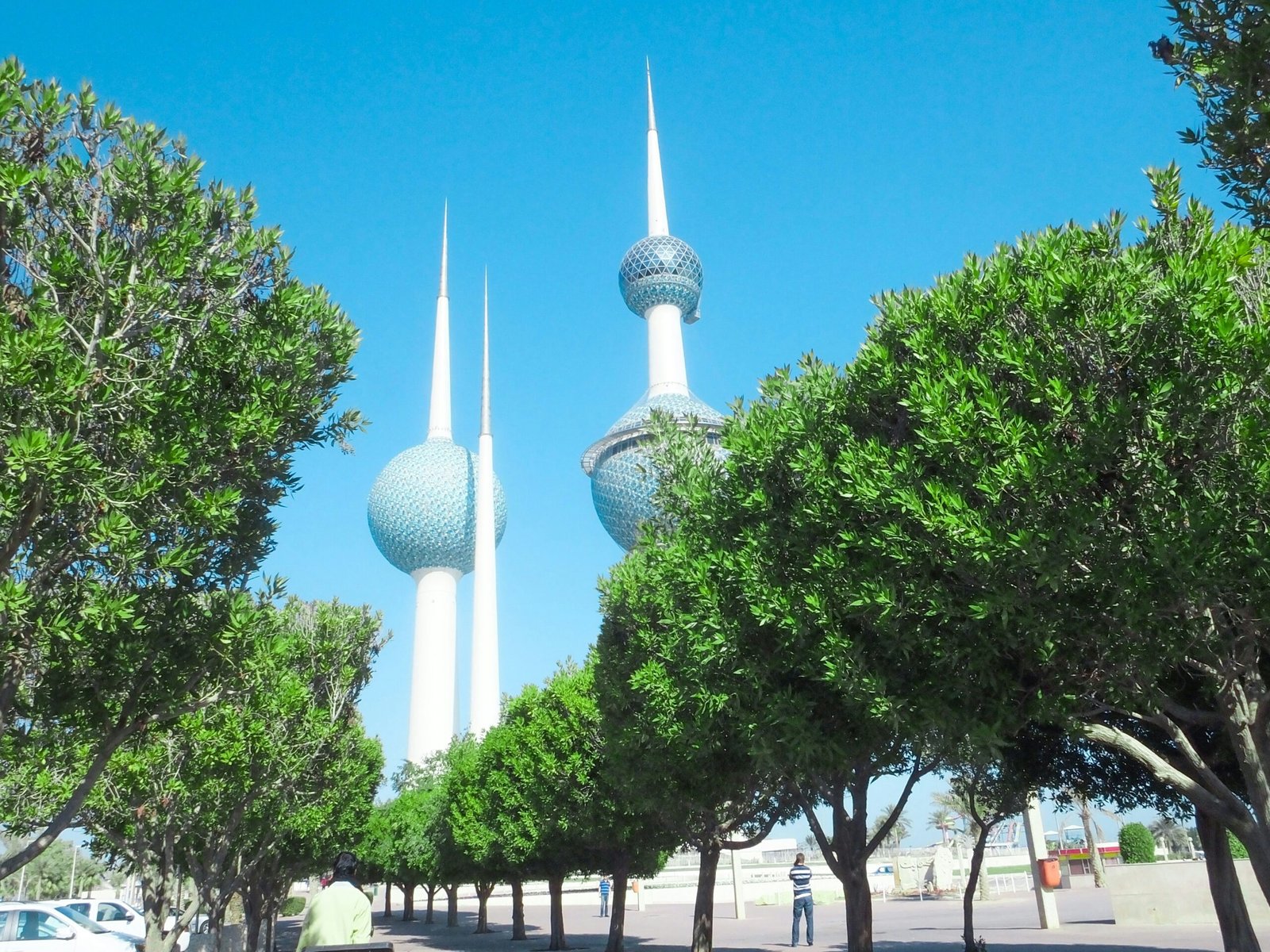Introduction to Markup Languages
Markup languages are a type of system utilized to annotate a document in a way that is syntactically distinguishable from the text. The primary purpose of these languages is to structure, format, and present content on the web and various other platforms. By using predefined tags to denote how content should be displayed, markup languages facilitate a clear distinction between content structure and content presentation. This distinguishes them from programming languages, which are primarily concerned with functionality and algorithmic processes.
In essence, while programming languages such as Java or Python are used to create software that performs specific tasks, markup languages focus on the arrangement and style of text. For instance, HTML (Hypertext Markup Language) is widely used for creating web pages, enabling developers to insert elements like headings, paragraphs, lists, and links by utilizing specific tags. This helps browsers understand how to display data to users. The essence of markup languages lies in their declarative nature, meaning they describe the *what* rather than the *how* of functionality.
Another critical aspect of markup languages is that they often allow for the embedding of metadata—information that is structured without altering the actual content. This capability is vital for web development as it enhances search engine optimization (SEO) and improves accessibility. XML (Extensible Markup Language) exemplifies this, providing a flexible format for the storage and transmission of data while ensuring that the information is easily understandable by both humans and machines.
In conclusion, markup languages serve as foundational tools in the digital landscape, defining content organization and presentation while remaining distinct from traditional programming languages. This differentiation is essential for developers and designers who seek to create effective, visually appealing, and accessible web content.
History and Evolution of Markup Languages
Markup languages have a fascinating history that reflects the growth and evolution of digital communication. The origins of these languages can be traced back to the development of SGML (Standard Generalized Markup Language) in the late 1980s. SGML was designed to enable the definition and use of markup for documents, providing a system to communicate the structure and layout of various types of text files. SGML served as a foundation for several other markup languages, allowing for greater compatibility and standardization in document management.
As the internet emerged and began to transform communication, there was a growing need for a more simplified and accessible markup language. This need led to the creation of HTML (Hypertext Markup Language) in the early 1990s, which became the predominant language for creating web pages. HTML allowed developers to structure content through a series of elements and tags, facilitating the integration of multimedia and rich text. Its ability to create hyperlinks and multimedia experiences revolutionized how information was presented and consumed online.
Following HTML, other markup languages evolved to meet specific needs and enhance functionality. For instance, XML (eXtensible Markup Language) emerged as a more flexible way to store and transport data, emphasizing the separation of data from presentation. This adaptability allowed XML to be utilized across various platforms and applications. Furthermore, newer languages, such as Markdown, simplified formatting for writers and developers, emphasizing ease of use and readability.
The evolution of markup languages has been significantly influenced by advancements in technology and the changing needs of users. As web technologies advance, new standards and frameworks continue to emerge, ensuring that markup languages remain relevant and efficient in the ever-changing digital landscape. The historical progression from SGML to HTML and beyond illustrates the dynamic nature of these languages and their crucial role in modern communication.
Types of Markup Languages
Markup languages are essential tools in the digital realm, utilized to structure, present, and manage content. They can be categorized into three major types: presentational markup languages, procedural markup languages, and descriptive markup languages. Each of these categories serves distinct purposes, and understanding their functions is crucial for effective content management.
Presentational markup languages, such as HTML (HyperText Markup Language), focus primarily on how content is displayed in a web browser. HTML structures web pages using elements like headings, paragraphs, links, and images, facilitating the organization of information for better user experience. For instance, when creating a webpage, HTML is employed to define sections, lists, and hyperlinks, which are integral to the page’s navigation. Its role is to ensure that content is not only accessible but also visually appealing.
On the other hand, procedural markup languages dictate a specific sequence of actions carried out by computer systems, with the primary focus being the manipulation of data. These languages, often less common than presentational types, allow developers to outline procedures that the system must execute. An example is ActionScript, which is used to control multimedia applications and add interactivity to web content. Its procedural nature enables programmers to define detailed instructions that dictate how various elements of an application behave in response to user inputs.
Lastly, descriptive markup languages, exemplified by XML (eXtensible Markup Language), are designed to describe and structure data rather than presentation. XML allows users to create custom tags to define data elements, enabling extensibility and versatility. It is widely used in data storage, transfer, and configuration. For instance, in web services, XML is employed for transmitting structured information, providing a seamless means of data exchange across different systems.
Understanding these types of markup languages is fundamental to utilizing them effectively in various digital contexts, enhancing both functionality and user engagement.
HTML: The Backbone of the Web
Hypertext Markup Language, more commonly known as HTML, serves as the foundation for web development. This markup language is essential for structuring content on the internet, enabling the creation of visually appealing and functional web pages. HTML utilizes a series of elements and attributes to delineate sections, headings, paragraphs, links, images, and other crucial components of a webpage. The hierarchical nature of HTML allows developers to effectively organize and present information, making it accessible for both human users and machines.
The structural components of HTML are fundamentally composed of elements, which are defined by tags. Each element has an opening tag and a closing tag that encases content. For instance, a paragraph is designated by the <p> tag, while a link is formed using the <a> tag followed by the href attribute, which specifies the destination URL. Attributes provide additional information about elements, enhancing the overall functionality and presentation of a webpage. This flexibility allows web developers to incorporate multimedia elements, style attributes, and interactive components.
Recent versions of HTML have introduced new features that further extend its capabilities. HTML5, the most current iteration, introduced semantic elements such as <header>, <footer>, and <article>, which improve the structure and accessibility of content. This version also supports multimedia integration, including audio and video, without the necessity for external plugins. The emphasis on improving user experience and mobile responsiveness has made HTML5 standard practice in contemporary web development, reinforcing its status as the backbone of the web. Developers continue to leverage HTML as a foundation, ensuring that online content remains dynamic, engaging, and structured appropriately.
XML: The Language of Data
XML, or Extensible Markup Language, is a versatile and powerful language widely used for data storage and transport. Its primary purpose is to facilitate the sharing of structured information across different systems, applications, and platforms. Unlike HTML, which is designed to display data in a web browser, XML is focused on the definition, transportation, and storage of data. This key distinction underlines XML’s role as a universal data format that can represent complex data structures effectively.
XML employs a simple and intuitive syntax, making it easy for both machines and humans to understand. It is built on a set of rules that define how elements and attributes are organized within a document. For instance, each XML document begins with a declaration that specifies the version of XML being used, followed by a series of nested elements enclosed in angle brackets. This hierarchical structure allows developers to create custom tags that describe the data being represented, providing a flexible framework for data interchange.
One of the standout features of XML is its adaptability. Unlike HTML, which contains a predefined set of elements, XML allows users to define their tags according to their specific needs. This flexibility makes XML particularly useful in various applications, from data interchange formats such as SOAP (Simple Object Access Protocol) and RESTful APIs to configuration files for software applications. XML is also prevalent in the development of web services, where it enables seamless communication between different systems regardless of their underlying technologies.
In summary, XML is an essential language for data storage and transport, offering syntax and flexibility that distinguish it from HTML. Its widespread applications in data interchange and configuration highlight the importance of XML in modern computing environments.
Markdown: Simplifying Content Creation
Markdown is a lightweight markup language that offers a straightforward way to format plain text, distinguishing itself by its simplicity and ease of use. Developed in the early 2000s by John Gruber, Markdown allows users to create rich text using an easy-to-read syntax that is particularly beneficial for those involved in content creation, such as bloggers and software developers. Its design philosophy emphasizes readability and minimalism, which is why many have adopted it for various applications, including documentation and readme files.
At its core, Markdown utilizes an intuitive syntax that enables users to add formatting elements such as headings, lists, and links without needing complex commands. For example, a heading can be created simply by preceding the text with one or more hash symbols, while lists can be formed by using dashes or asterisks. This straightforward approach not only enhances productivity but also ensures that the content remains accessible to those who may not be familiar with traditional HTML or other coding languages.
One of the key advantages of Markdown is its compatibility with numerous platforms. Popular content management systems, static site generators, and even collaborative tools like GitHub support Markdown, allowing creators to write and format their content consistently across different environments. Moreover, the converted HTML output retains the semantic structure of the text, which is crucial for SEO and content discoverability.
This growing popularity stems from the ease with which users can transition from writing to publishing. As a result, Markdown has become a valuable tool for professionals aiming to produce clean, formatted documents quickly. Its utility extends beyond blogging; many technical writing professionals rely on Markdown for documentation purposes, illustrating its versatility and broad appeal. Consequently, as more content creators recognize the benefits of a simplified writing process, Markdown’s adoption is likely to continue to grow.
Role of Markup Languages in Web Development
Markup languages play a fundamental role in the realm of web development, serving as the backbone for structuring content on the internet. The most commonly used markup language, Hypertext Markup Language (HTML), provides the essential framework for web pages. It defines elements such as headings, paragraphs, links, and images, enabling developers to format and organize content effectively. A solid grasp of markup languages is imperative for both beginners and seasoned developers because they form the basis upon which more complex interactions and design choices are constructed.
In conjunction with cascading style sheets (CSS), markup languages enhance the visual presentation of web applications. CSS is responsible for the layout, colors, fonts, and overall aesthetic appeal of a website, while HTML conveys the structure. The harmonious integration of HTML and CSS allows developers to create visually engaging websites that are not only functional but also user-friendly. When these two elements work in tandem, they create a seamless user experience, which is crucial in maintaining visitors’ attention and encouraging interaction.
Moreover, markup languages interact with JavaScript to introduce dynamic features and functionalities to web applications. JavaScript, a powerful scripting language, enables developers to add interactivity, such as form validation, animations, and user-generated content. Together with markup languages, it allows for the development of responsive and interactive web applications that meet modern users’ demands. The synergy among HTML, CSS, and JavaScript creates a robust platform for building efficient and visually appealing websites.
Overall, the importance of markup languages in web development cannot be overstated. They provide the necessary structure, facilitate styling, and allow for dynamic content that engages users. Understanding how these languages interact is key to mastering the art of web development and creating applications that are both functional and captivating.
Future Trends in Markup Languages
The landscape of markup languages is continuously evolving, driven by advancements in web technologies and the increasing complexity of digital content. As we look ahead, several emerging trends are poised to shape the future of markup languages, particularly in the context of the rising prominence of the semantic web. This paradigm shift emphasizes the importance of meaning and data interchange, which paves the way for more intelligent web applications. Markup languages that can effectively encapsulate semantic data are likely to gain traction, leading to the development of new standards that enhance interoperability among systems.
Additionally, the growing influence of artificial intelligence (AI) and machine learning is set to transform how we utilize markup languages. AI-driven tools are being developed to analyze and create markup, enabling more straightforward content generation processes that traditionally required manual input. By extracting information and determining the most appropriate structure, these technologies facilitate more efficient content delivery, making it easier for developers to adhere to established guidelines and standards. Furthermore, enhancements in natural language processing will allow markup languages to evolve in ways that align closely with human comprehension and intention.
One cannot ignore the potential developments within existing markup languages as well. For instance, HTML, XML, and Markdown may see integrations or extensions to accommodate new functionalities that support multimedia content and interactive features. Such innovations will further aid in creating richer, more engaging user experiences. It is also critical to consider the rise of domain-specific languages that cater to specialized content areas, providing tailored solutions that meet the unique needs of various industries. As the demand for diverse and adaptable markup languages increases, the coding community is likely to witness a proliferation of innovative solutions, ensuring the continued relevance of markup languages in the digital ecosystem.
Conclusion
In summary, markup languages serve as the backbone of web development and content creation, facilitating the structure and presentation of information across various digital platforms. This blog post has covered essential aspects of markup languages, including their definitions, types, and significance in both web development and content formatting. The most commonly used markup language, HTML, enables web developers to create structured documents that are both visually appealing and functionally robust.
Furthermore, we explored the role of semantic markup in enhancing accessibility and search engine optimization. By using appropriate tags and attributes, developers can ensure that their content is easily understood by search engines and accessible to users with disabilities. This highlights the importance of not only knowing how to use markup languages but also understanding the best practices associated with them.
As technology continues to advance, familiarity with markup languages becomes increasingly crucial for anyone working in digital fields, including web designers, content creators, and software developers. The ability to manipulate these languages can significantly enhance one’s skill set, leading to improved career opportunities and more efficient workflows. Therefore, readers are encouraged to delve deeper into the subject, practice coding with various markup languages, and consider the myriad ways these tools can assist in achieving communication goals in the digital age.
Ultimately, the knowledge and expertise in markup languages can empower individuals to contribute more effectively to the web ecosystem, ensuring that content is not only well-structured but also reaches its intended audience successfully.





















+ There are no comments
Add yours